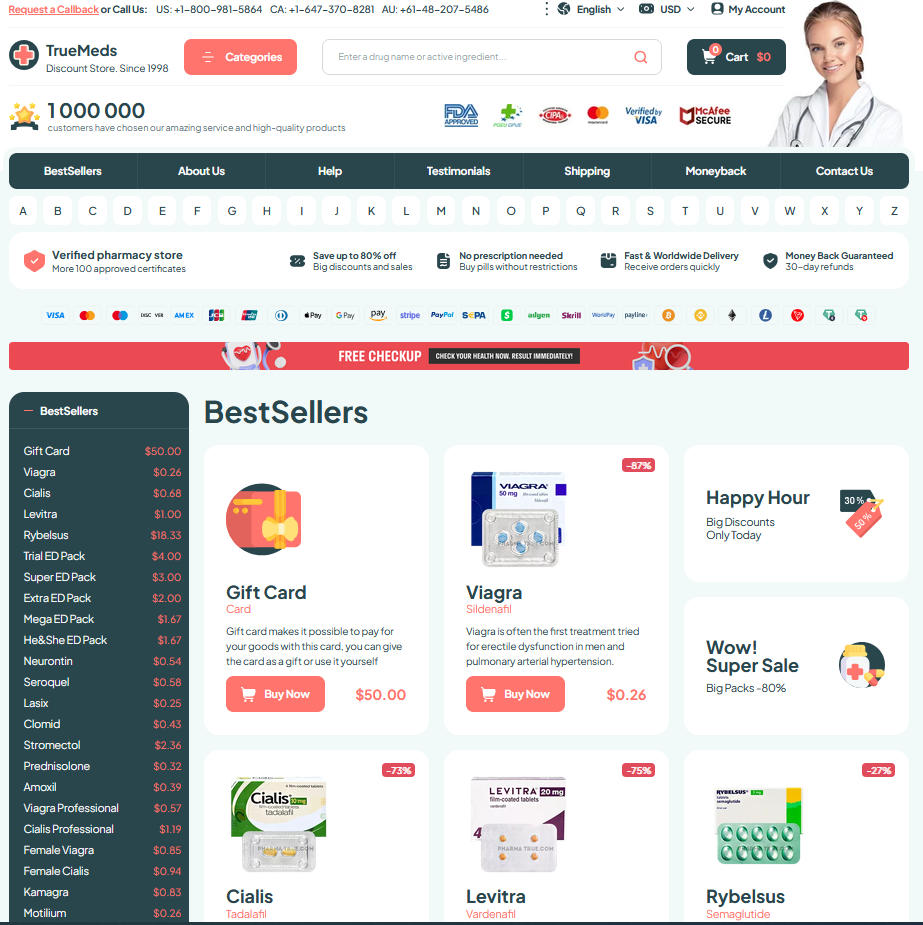 Comparing Anthelmintics: Mebendazole Versus Albendazole
Comparing Anthelmintics: Mebendazole Versus Albendazole
How Mebendazole and Albendazole Kill Parasites
Picture parasites in the gut suddenly cut off from their structural backbone and energy supply: benzimidazole drugs bind parasite beta-tubulin, preventing microtubule polymerization. This disrupts intracellular transport, cell division, and nutrient absorption, especially glucose uptake, causing glycogen depletion and progressive immobilization. Without functional microtubules the worms lose motility, degenerate their gut epithelium, and become unable to maintain homeostasis, which leads to death or expulsion by host defenses over several days.
Although both agents share that tubulin target, their pharmacology shapes outcomes: one is poorly absorbed and acts mainly within the intestinal lumen, while the other is converted to an active systemic metabolite that reaches tissue-dwelling stages. As paralysis sets in, worms detach and are cleared, but tissue penetration makes the systemic agent useful for migrating or encysted infections. Clinicians choose based on target, infection severity, and host factors and resources.
| Feature | Comparison |
|---|---|
| Primary target | Beta-tubulin; microtubule disruption |
| Absorption | Poor luminal activity vs systemic metabolite |
Comparing Spectrums: Which Worms Each Covers

In clinics and field campaigns, clinicians often reach for broad-spectrum anthelmintics to tackle diverse infestations. Albendazole functions as a systemic agent with activity against nematodes (Ascaris, hookworm, Trichuris), some tapeworms, and larval stages like cysticercosis, while mebendazole traditionally treats intestinal nematodes—pinworm, roundworm, whipworm—and has more limited systemic penetration. Choice depends on whether tissue-invasive stages are suspected and on local prevalence.
Practical decisions marry spectrum with logistics: mass-drug-administration favors single-dose albendazole for soil-transmitted helminths and lymphatic filariasis programs, but targeted treatment of intestinal worms in children often relies on mebendazole regimens. Co-infections, severity, and diagnostic certainty guide whether a broader or narrower spectrum is preferable, and clinicians balance anticipated coverage against safety, resistance patterns, and programmatic goals. Surveillance data and regional guidelines refine choices, and in mixed-endemic areas combination strategies or repeat dosing may optimize cure rates while minimizing harm globally.
Absorption and Metabolism: Real-world Pharmacokinetic Differences
Imagine two travelers entering the body: one stays local, the other circulates widely.
Mebendazole is poorly absorbed after oral dosing, producing high intestinal concentrations but limited systemic exposure.
Albendazole shows variable absorption enhanced by fatty meals and undergoes first‑pass hepatic conversion to albendazole sulfoxide, the active systemic metabolite. Its active metabolite has longer plasma persistence, enabling systemic antiparasitic effects.
Clinicians choose based on these kinetics: mebendazole for luminal worms, albendazole when tissue penetration is needed; dosing must consider meal composition, liver function, and duration of therapy—clinically relevant for treatment decisions.
Dosing Practicalities: Single-dose Versus Multi-day Regimens

Clinical decisions often hinge on regimen simplicity: a single-dose cure offers dramatic convenience for mass campaigns, while longer courses can enhance efficacy against tissue-invasive species. Mebendazole is commonly dosed once for intestinal worms, enabling school-based distribution and higher adherence when follow-up is uncertain in practice.
Multi-day treatments, however, allow sustained drug exposure and may be preferred for hydatid or neurocystic disease, where prolonged albendazole therapy reaches deeper targets. Providers must weigh adherence, resistance potential, and access when choosing between the appeal of single doses and the thoroughness of extended courses.
Side Effects, Safety Profiles, and Pregnancy Considerations
Clinicians often weigh tolerability against efficacy when choosing an anthelmintic. Mebendazole typically causes mild gastrointestinal upset, headache, or transient elevation of liver enzymes; serious reactions are rare. Albendazole can produce similar effects and, at higher doses or prolonged therapy, may carry greater risk of hepatotoxicity and bone marrow suppression. Clear communication and baseline labs help personalize therapy, especially for prolonged regimens or patients with comorbidities.
Guidelines advise caution during conception and gestation: single short doses may be reserved for second or third trimesters, while first-trimester exposure is avoided unless benefits clearly outweigh risks. Shared decision-making and appropriate monitoring help manage rare but serious toxicities.
| Issue | Recommendation |
|---|---|
| Pregnancy | Avoid in 1st-trimester; consider in later trimesters |
| Monitoring | Baseline LFTs and CBC for prolonged therapy |
Cost, Availability, Resistance Trends, Global Impact
In low-resource settings the cheaper generic option often dictates which anthelmintic reaches clinics; procurement decisions hinge on price and distribution networks. Donor programs and national formularies prioritize mass-treatment suitability, shaping which drug is scaled and how frequently communities receive coverage and local supply logistics.
Meanwhile, reports of diminished efficacy in some regions prompt surveillance and alternative strategies like combination therapies or targeted dosing. Clinical guidance evolves as efficacy data accumulate, influencing policy and patient outcomes; coordinating research, monitoring and community education remains vital to sustain long-term control and funding.
(832) 428-5608
Houston, TX 4101 Greenbriar Dr. Ste. 205K
info@enhancingmassage.com
(832) 428-5608
Houston, TX 4101 Greenbriar Dr. Ste. 205K
info@enhancingmassage.com
(832) 428-5608
Houston, TX 4101 Greenbriar Dr. Ste. 205K
info@enhancingmassage.com